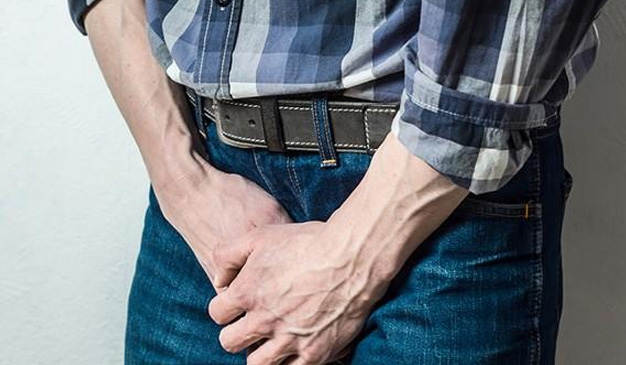
September 01, 2023
Symptoms of prostate cancer may increase and worsen in the later stages. Here are some common symptoms:

1. Frequent urination and urgency: After the elderly suffer from prostate cancer, they will feel frequent urination and an urgent need to urinate. Frequent urination and urgency are early symptoms of prostate cancer, but they may become more pronounced in the later stages.
2. Urethral discomfort: Older people with prostate cancer may feel discomfort or pain in the urethra. This may be caused by compression or spread of the tumor into parts of the urethra.
3. Difficulty urinating: Older adults with prostate cancer may experience difficulty or pain when urinating. This is the result of the tumor compressing or blocking the urethra.
4. Hematuria: Early prostate cancer may cause trace amounts of hematuria, but in the middle and late stages, hematuria may occur. When tumors spread to the urethra or bladder, they can cause hematuria.
5. Bone pain: A common symptom of late-stage prostate cancer is bone pain. Cancer cells may spread to the bones, causing bone pain, especially in the spine, hips, and pelvic area.
6. Difficulty in bladder control: Prostate cancer pressing on the bladder may cause symptoms of incontinence or enuresis. Older adults may find that they have difficulty controlling their urine and may even experience urinary incontinence inadvertently.
7. Lymphedema of the legs: Patients with advanced prostate cancer may develop lymphedema of the legs. This is caused by the spread of cancer cells to the lymph nodes, causing lymphatic drainage to be blocked.
When the elderly notice the above symptoms, they should seek medical treatment promptly and receive professional examination and treatment. Early detection of prostate cancer symptoms can help improve cure and survival rates. It is important for older adults to maintain regular physical exams to detect potential prostate cancer symptoms as early as possible.
In addition, there are some preventive measures that older adults can take in their lives to reduce the risk of prostate cancer. For example, maintain a healthy lifestyle, including a balanced diet, moderate exercise, quitting smoking and limiting alcohol, etc. In addition, regular prostate antigen (PSA) testing is an effective screening method.
In summary, symptoms of prostate cancer in older adults may increase and worsen in the middle and late stages. Therefore, the elderly should pay close attention to symptoms such as frequent urination, urgency, urethral discomfort, difficulty urinating, hematuria, bone pain, difficulty in bladder control, and leg lymphedema, and seek early medical treatment. At the same time, older people should also maintain a healthy lifestyle and have regular physical examinations to reduce the risk of prostate cancer.